Leather Craft Shop (손놀림공방)
10.1Km 2024-10-22
19-1 Naksanseonggwakseo 1-gil, Jongno-gu, Seoul
The leather workshop featured in the drama 'Boyfriend'
It is a leather workshop that appeared in the scene where Cha Soohyeon (Song Hyekyo) and Kim Jinhyeok (Park Bogum) reunite in the drama 'Boyfriend'. It is run by leather craft artist Kim Yeongae and is known for its many cute items. You can experience making leather knotted string bracelets and rings at a low cost.
Podowon Samgyetang (포도원삼계탕)
10.1Km 2021-03-18
41-5, Changgyeonggung-ro26-gil, Jongno-gu, Seoul
+82-2-743-6541
This is a Korean cuisine located in Daehak-ro, Seoul. The best menu at this restaurant is ginseng chicken soup. It sells Korean healthy cuisines.
Geunal Urineun (그날우리는)
10.1Km 2021-03-18
29, Daehak-ro, 9-gil, Jongno-gu, Seoul
+82-2-764-4697
This is a Korean cuisine located in Daehak-ro, Seoul. The best menu at this restaurant is grilled sea eel. It sells grilled hagfish, which Koreans eat a lot for health in summer.
Himesiya (히메시야)
10.1Km 2021-03-18
40, Changgyeonggung-ro, 26-gil, Jongno-gu, Seoul
+82-70-4187-4569
This is a Japanese cuisine located in Changgyeonggung Palace, Seoul. This restaurant specializes in Japanese rice bowls with toppings. The best menu at this restaurant is katsudon.
Olive Young - Dapsimni Station Branch [Tax Refund Shop] (올리브영 답십리역점)
10.1Km 2024-06-27
1F, #103, 81, Gomisul-ro, Dongdaemun-gu, Seoul
-
Welcome Daehakro (웰컴대학로)
10.1Km 2024-10-08
104 Daehak-ro, Jongno-gu, Seoul
+82-2-743-5220
Welcome Daehakro is a festival devoted to celebrating various types of performances including non-verbal, traditional, musical, plays, and more. Started in 2017, the festival attracts visitors from around the world every fall.
Marronnier Park (마로니에공원)
10.1Km 2021-07-14
104, Daehak-ro, Jongno-gu, Seoul
+82-2-2148-4158
Marronnier Park was given its name due to the marronnier trees, or horse chestnut trees, growing within the area. The location where Seoul National University's College of Liberal Arts & Science and School of Law once stood, it is now a park dedicated to culture and arts open to the public. In addition to a variety of outdoor performances that take place throughout the area, exhibitions and cultural centers create a romantic atmosphere unique to the park.
Daehangno (University Street) (대학로)
10.1Km 2021-03-25
104, Daehak-ro, Jongno-gu, Seoul
+82-2-2148-1114
Daehangno is an artistic neighborhood that stretches 1.1 kilometers from Jongno 5-ga Intersection to Hyehwa-dong Rotary. The area is filled with culture and performing arts facilities, with the center of all this being Marronnier Park. Visitors can find performances taking play every day at the many theaters large and small, as well as restaurants serving a range of cuisines. The area is especially active on weekends and during the street festival period.
Gogungmasil (고궁마실)
10.1Km 2020-05-04
229, Changgyeonggung-ro, Jongno-gu, Seoul
+82-2-763-9937
Gogungmasil is a hanbok rental shop located near Changgyeonggung Palace. Visitors can rent hanbok from Gogungmasil before going on a palace tour to Changgyeonggung and Changdeokgung Palaces.
GS25 - Jongno Korea Natinal Open Unniversity Branch (No. 2) [Tax Refund Shop] (GS25종로방통대2점)
10.1Km 2024-06-27
1F, 78, Ihwajang-gil, Jongno-gu, Seoul
-

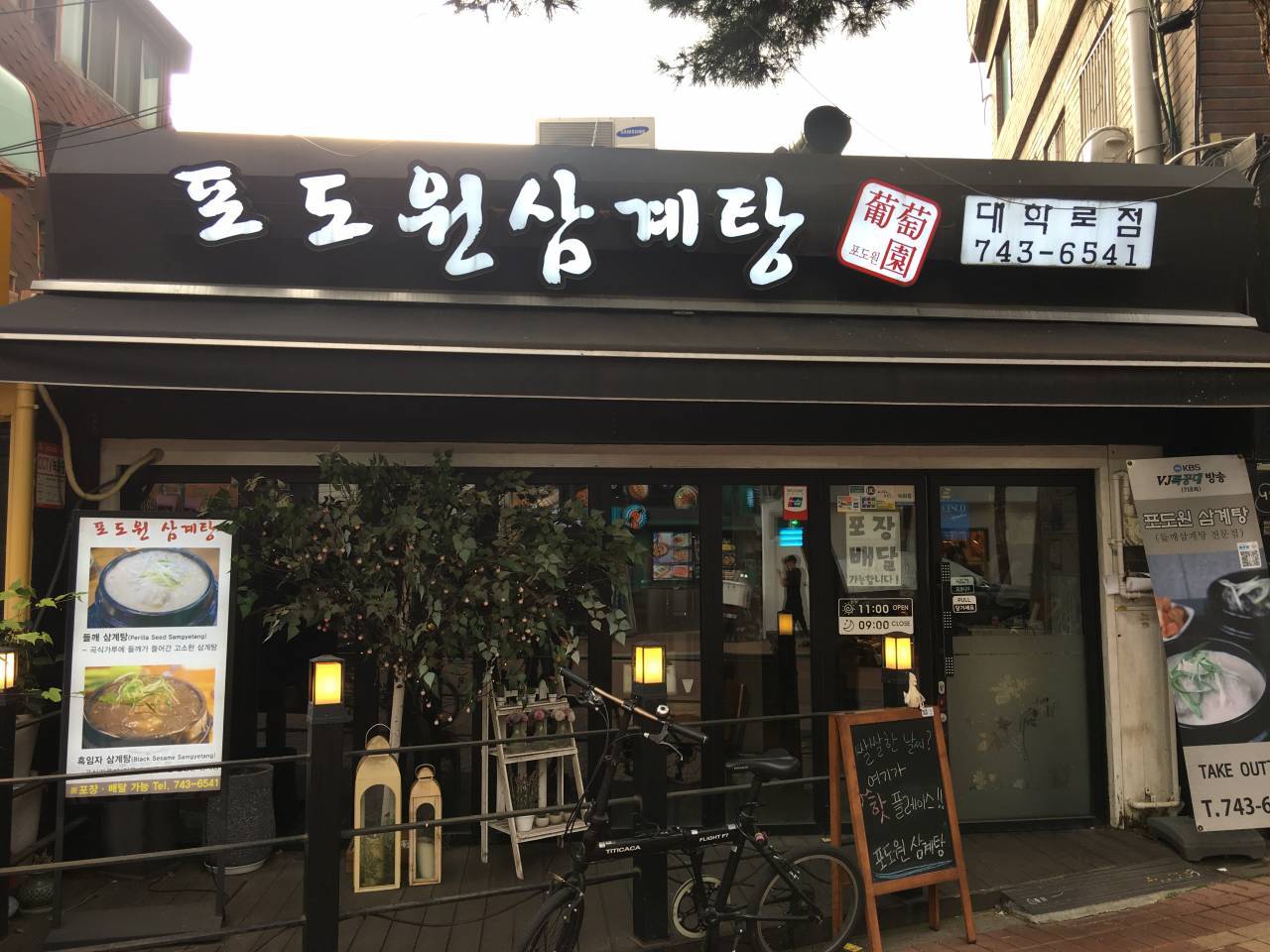
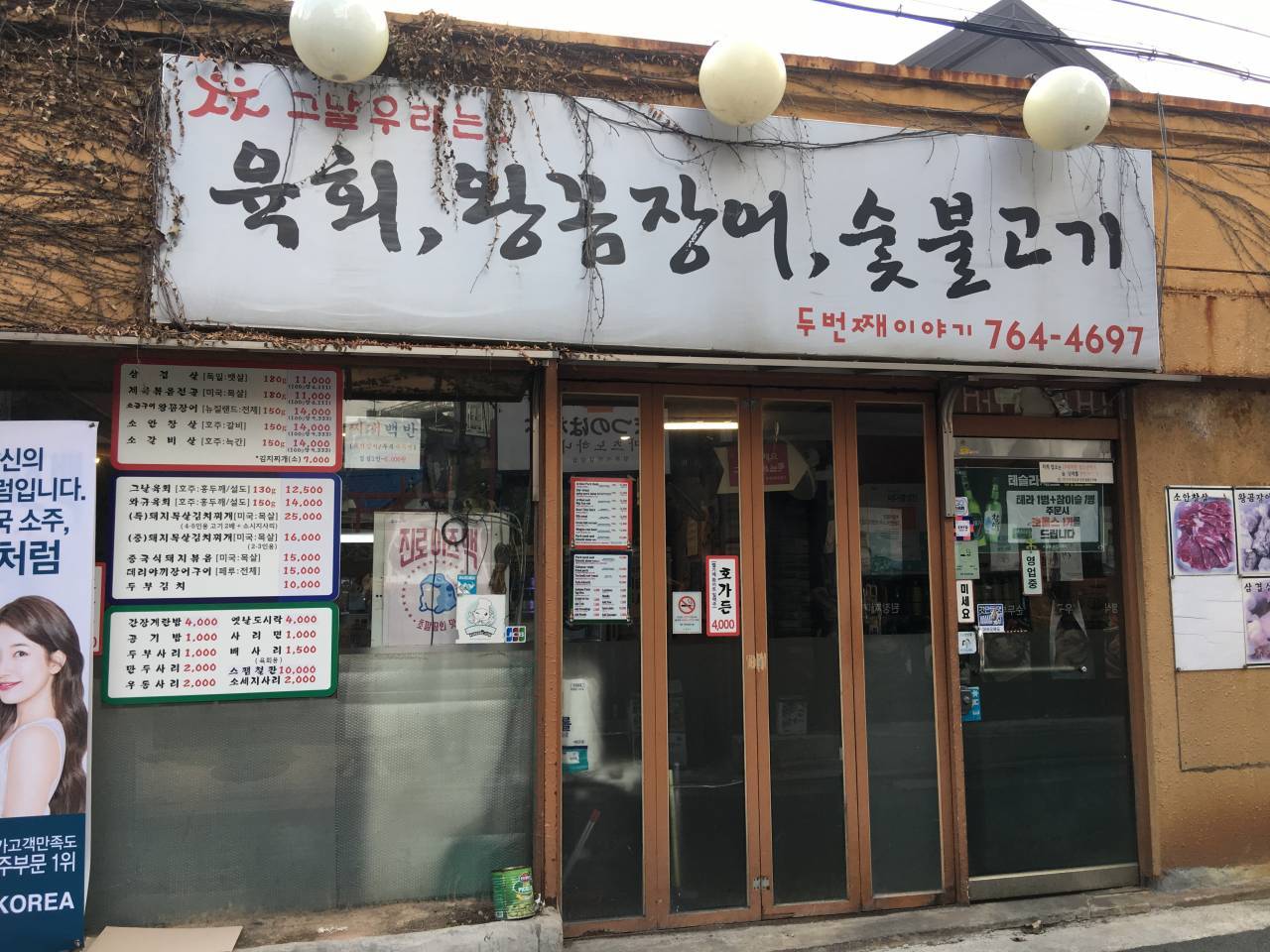
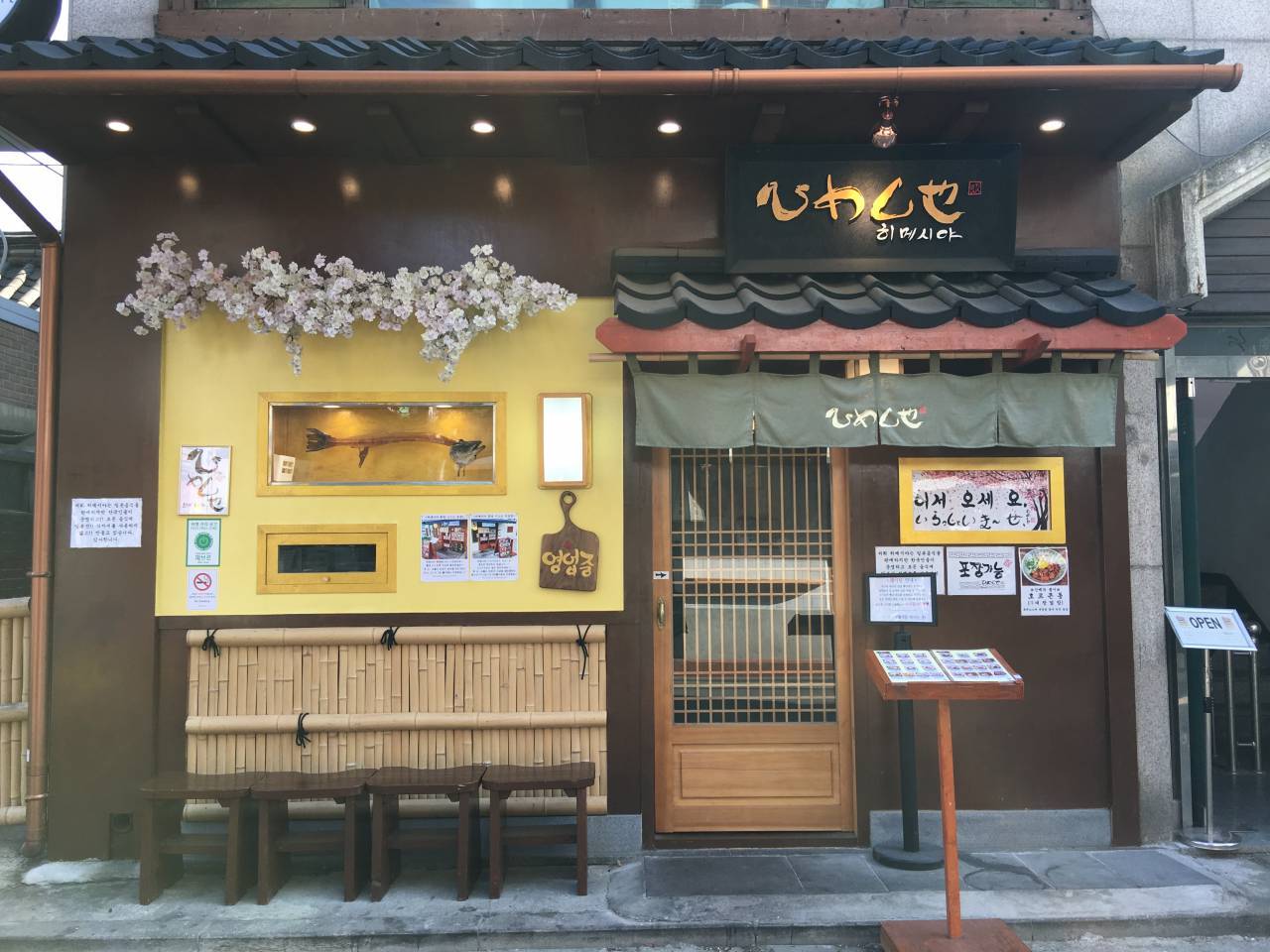

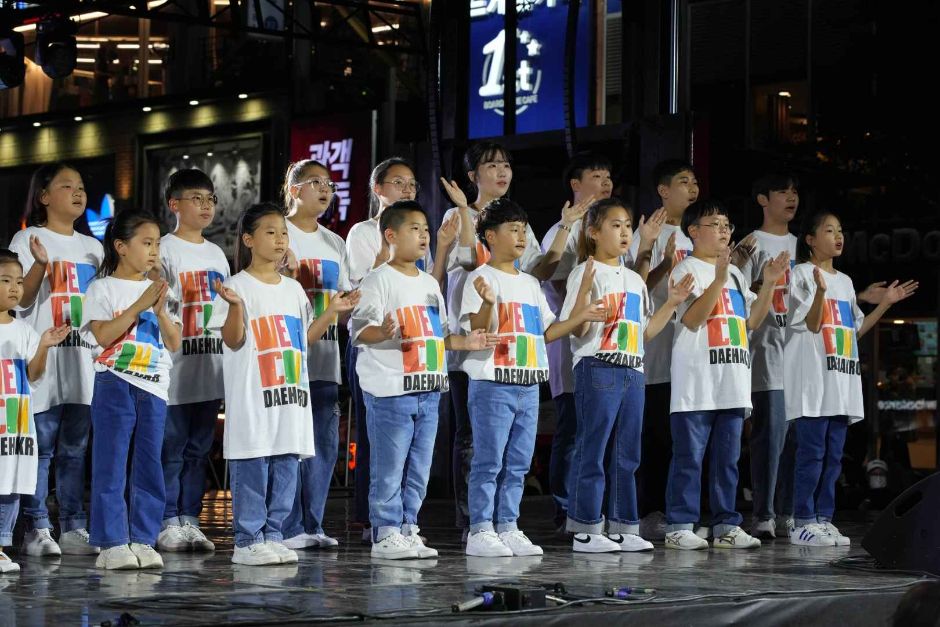
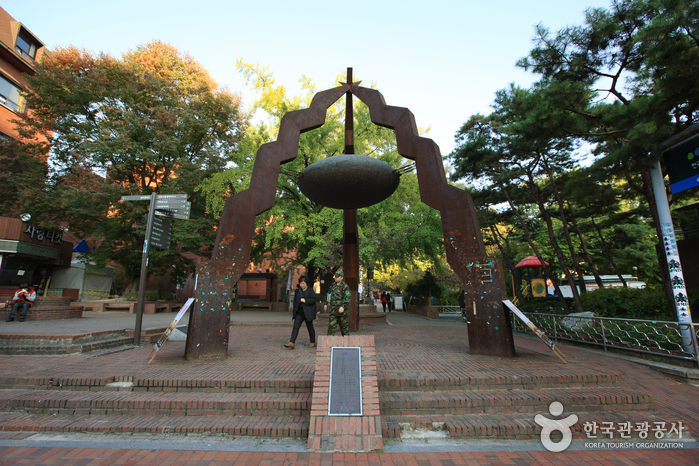
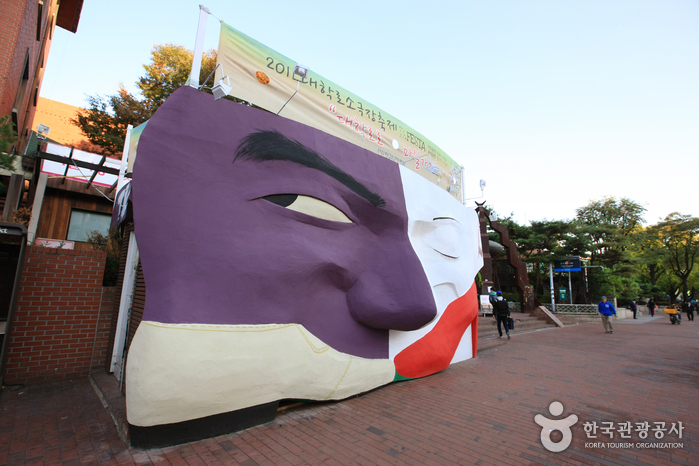
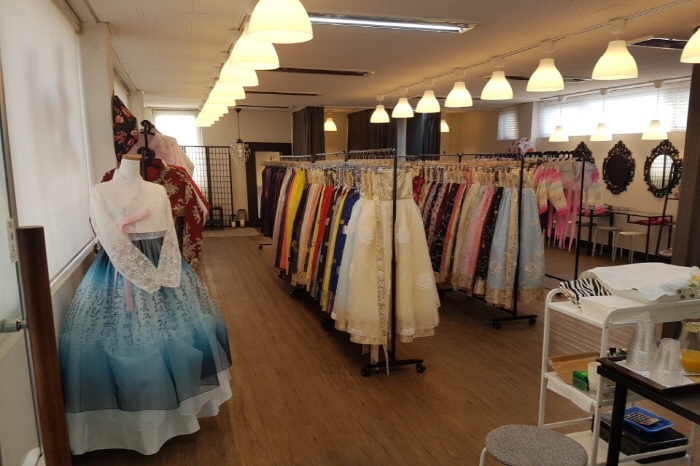
 English
English
 한국어
한국어 日本語
日本語 中文(简体)
中文(简体) Deutsch
Deutsch Français
Français Español
Español Русский
Русский